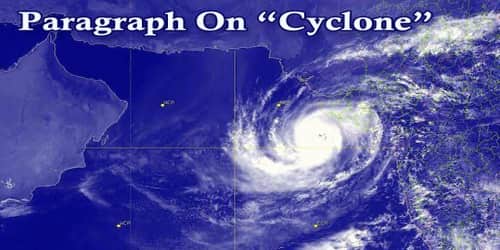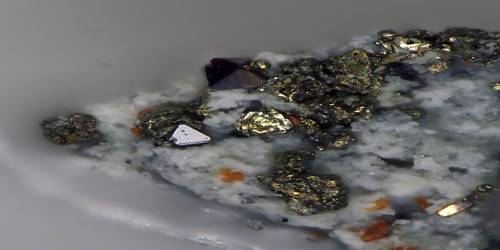Generally, cyclone means a kind of moving storm. The word ‘Cyclone’ is actually derived from the Greek word ‘Cyclos’ a circle which means whirlwind. Cyclonic winds move across nearly all regions of the Earth except the equatorial belt and are generally associated with rain or snow. Cyclones have also been seen on extraterrestrial planets, such as Mars, Jupiter, and Neptune. Cyclogenesis is the process of cyclone formation and intensification. Extratropical cyclones begin as waves in large regions of enhanced mid-latitude temperature contrasts called baroclinic zones. These zones contract and form weather fronts as the cyclonic circulation close and intensifies. Later in their life cycle, extratropical cyclones occlude as cold air masses undercut the warmer air and become cold core systems.
There are three main types of surface-based cyclones: Extratropical cyclones, Subtropical cyclones, and Tropical cyclones. Mesocyclones form as warm core cyclones over land and can lead to tornado formation. Waterspouts can also form from mesocyclones, but more often develop from environments of high instability and low vertical wind shear. In the Atlantic and the northeastern Pacific oceans, a tropical cyclone is generally referred to as a hurricane (from the name of the ancient Central American deity of wind, Huracan), in the Indian and South Pacific oceans it is called a cyclone, and in the northwestern Pacific, it is called a typhoon.
In the Atlantic and Caribbean regions, tropical cyclones with winds of at least 33 meters per second (74 miles per hour) averaged over one-minute intervals are called hurricanes, while in the western Pacific and China Sea, the term typhoon is applied. The word cyclone is also used colloquially to refer to much smaller rotating phenomena, such as tornadoes and dust devils which may, in fact, rotate in an anticyclonic direction.
















